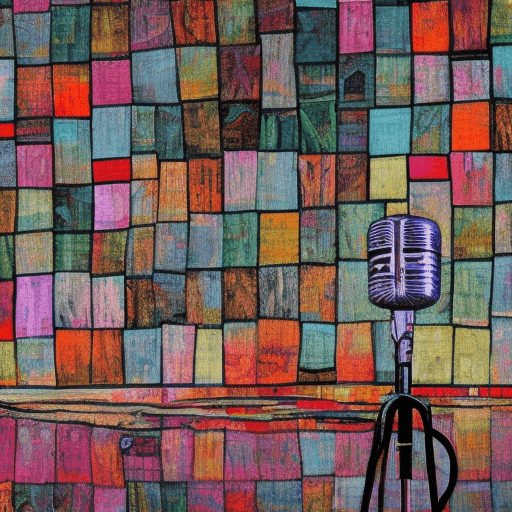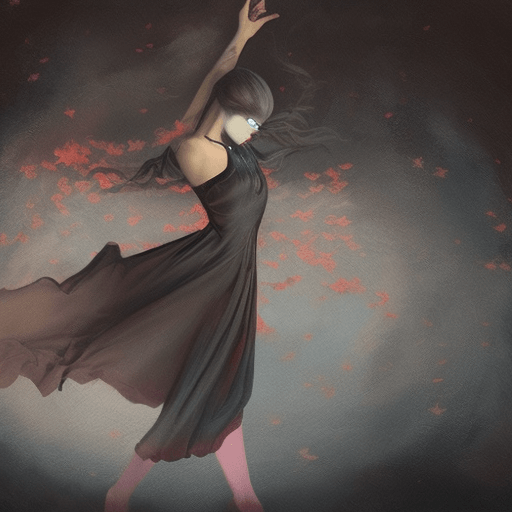The Spirit of the Beehive (1973) – A Poetic Exploration of Innocence and Imagination
Summary: Set in rural Spain in the aftermath of the Spanish Civil War, “The Spirit of the Beehive” follows the journey of a young girl named Ana, who becomes captivated by the 1931 film “Frankenstein” and begins to blur the lines between reality and fantasy as she navigates her own world of innocence and imagination.
Main Cast and Crew:
- Director: Víctor Erice
- Writer: Víctor Erice, Ángel Fernández Santos
- Key Actors: Ana Torrent as Ana, Fernando Fernán Gómez as Fernando, Teresa Gimpera as Teresa, Isabel Tellería as Isabel
- Music Director: Luis de Pablo
- Director of Photography: Luis Cuadrado
- Producers: Elías Querejeta
Plot:
Set in a small village in Spain, “The Spirit of the Beehive” revolves around Ana, a young girl who lives with her parents and older sister. The film begins with a traveling cinema showing James Whale’s “Frankenstein” in the village. Ana becomes deeply affected by the film, particularly the scene where the monster befriends a young girl.
Ana’s fascination with the film leads her to believe that the monster is real and living in an abandoned farmhouse nearby. She starts visiting the farmhouse, leaving small gifts for the creature. One day, Ana’s sister discovers her secret and decides to play along, pretending to be the monster. This game blurs the boundaries between reality and fantasy for Ana, as she becomes convinced that her sister has transformed into the monster.
As the story unfolds, Ana’s interactions with the world around her become increasingly influenced by her imagination. She encounters a wounded soldier hiding in the woods, whom she believes to be the monster. Through their brief encounters, Ana develops a deep connection with the soldier, symbolizing her growing awareness of the harsh realities of the world beyond her innocence.
Themes and Motifs:
“The Spirit of the Beehive” explores themes of innocence, imagination, and the impact of cinema on young minds. The film delves into the transformative power of storytelling and the blurring of boundaries between reality and fantasy. It also touches upon the aftermath of the Spanish Civil War, portraying the lingering effects of trauma on individuals and communities.
The motif of the beehive is prevalent throughout the film, symbolizing the collective consciousness of the village and the interconnectedness of its inhabitants. The beehive also represents the fragility of innocence and the potential for destruction when innocence is lost.
Reception and Legacy:
Upon its release, “The Spirit of the Beehive” received critical acclaim for its poetic storytelling and visual beauty. It won numerous awards, including the Special Jury Prize at the San Sebastián International Film Festival. The film’s exploration of childhood innocence and the impact of cinema on young minds resonated with audiences and established it as a classic of Spanish cinema.
“The Spirit of the Beehive” continues to be celebrated for its lyrical and evocative portrayal of childhood and the power of imagination. Its influence can be seen in the works of subsequent filmmakers, who have been inspired by its poetic storytelling and visual style.
Recommendation:
“The Spirit of the Beehive” is a mesmerizing and thought-provoking film that transports viewers into the imaginative world of a young girl. Its poetic storytelling and beautiful cinematography make it a must-watch for cinephiles and those interested in exploring the complexities of childhood and the power of imagination.
Memorable Quote:
“I don’t know why, but I feel sad when Mom cries.” – Ana












